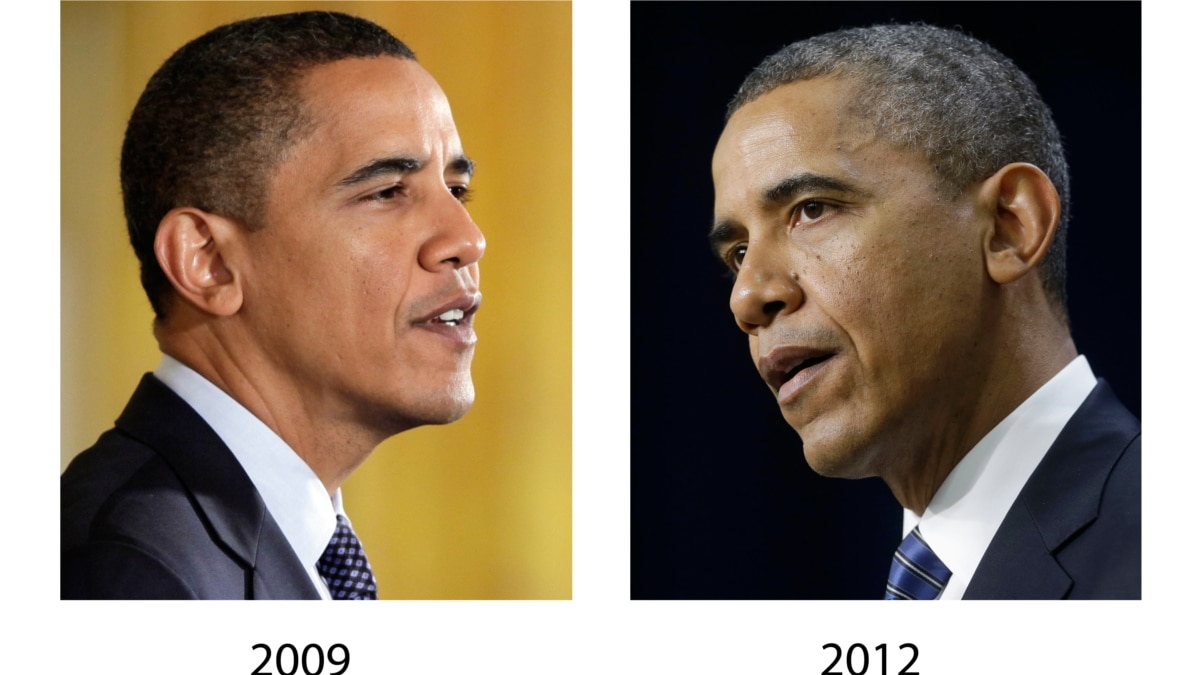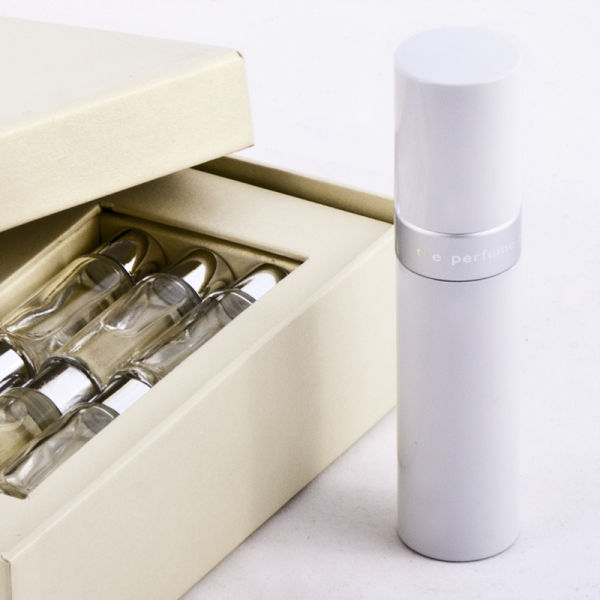Table Of Content
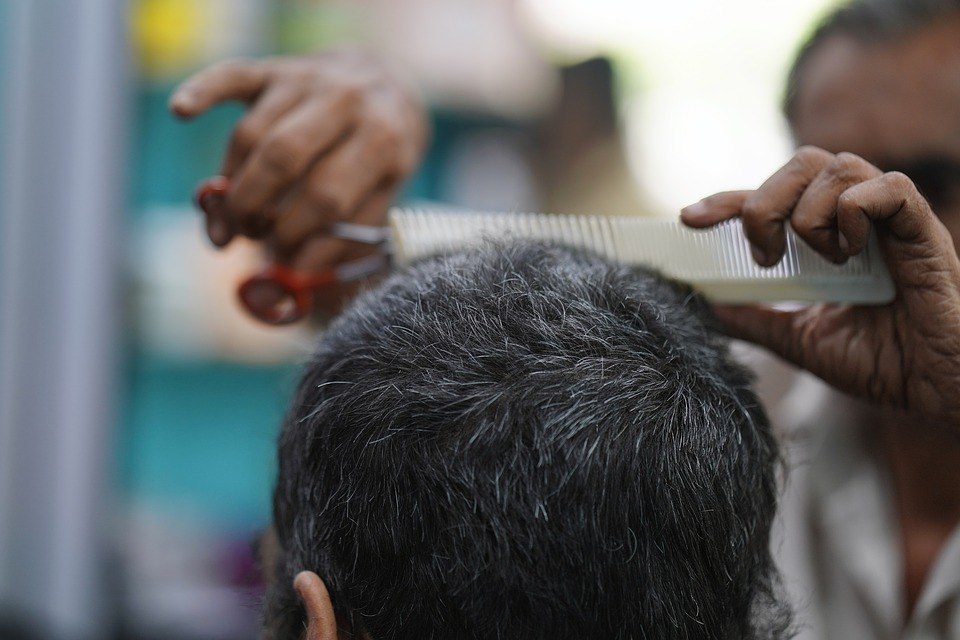
Ahead, trichologists help us understand if stress can really make your hair turn gray or if there are other factors at play here. Just like the reasons for graying, when a person starts to go gray depends on that individual. For instance, Caucasians are more likely to experience gray hair younger than Africans or Asians. With that being said, a 2006 study claims that by 50 years old, half of people have up to 50 percent grey hair.
Science News
Each slice, about 1/20th of a millimeter wide, represents about an hour of hair growth. Researchers found that the norepinephrine from sympathetic nerves causes the stem cells to activate excessively. The stem cells all convert into pigment-producing cells, prematurely depleting the reservoir. In the hair follicle, certain stem cells act as reservoirs of pigment-producing cells.
Search NIH Research Matters
By manipulating the genes, the researchers prevented or reduced gray hair in the mice. "Understanding the mechanisms that allow 'old' gray hairs to return to their 'young' pigmented states could yield new clues about the malleability of human aging in general and how it is influenced by stress," Picard says. The researchers showed that stress also leads to the loss of these pigment-producing stem cells in mice. “Understanding the mechanisms that allow ‘old’ gray hairs to return to their ‘young’ pigmented states could yield new clues about the malleability of human aging in general and how it is influenced by stress,” Picard says.
Will stashing more CO2 in the ocean help slow climate change?
The team’s first step was to identify proteins that show if a strand was gray, white, or colored—at any point in its history. During stressful times, people often credit “the job” or “the kids” for their premature grays. While some may be only joking, there’s some truth to the theory.
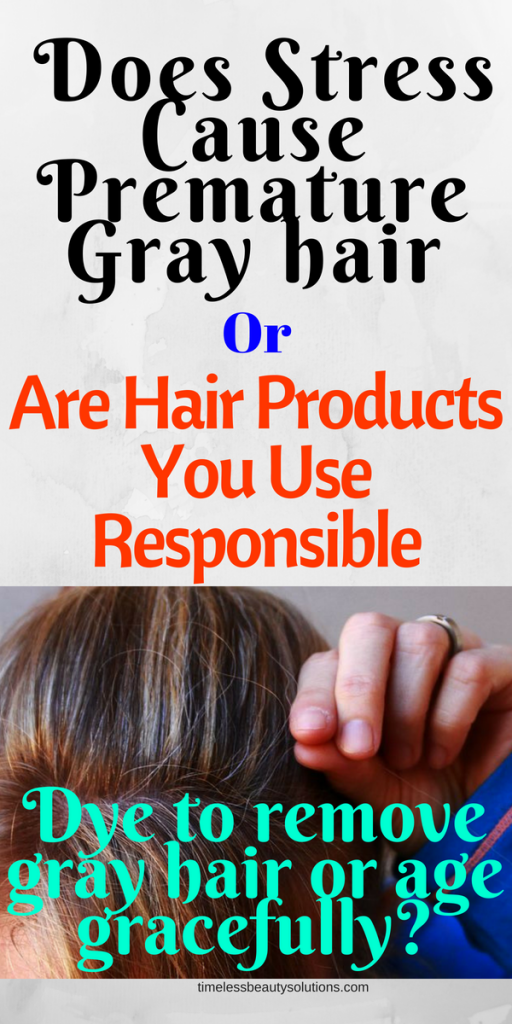
Elaborate sympathetic innervation (magenta) around melanocyte stem cells (yellow). Acute stress induces hyperactivation of the sympathetic nervous system to release large amounts of the neurotransmitter norepinephrine. Norepinephrine drives rapid depletion of melanocyte stem cells and hair graying. "The cortisol causes the melanocytes to replicate more rapidly into pigment cells, permanently killing off all the melanin-producing cells from the dermal papilla, creating a white or gray hair fiber formation," Hill says.
What Causes White Hair And When Should We Expect It? - GLAMOUR UK
What Causes White Hair And When Should We Expect It?.
Posted: Fri, 17 Nov 2023 08:00:00 GMT [source]
Chronic stress can have multiple effects on the body, and the hair is no exception. A 2013 study showed a correlation between stress and graying of hair in mice. While genetics seems to be a larger factor in when one grays, stress can contribute to it.
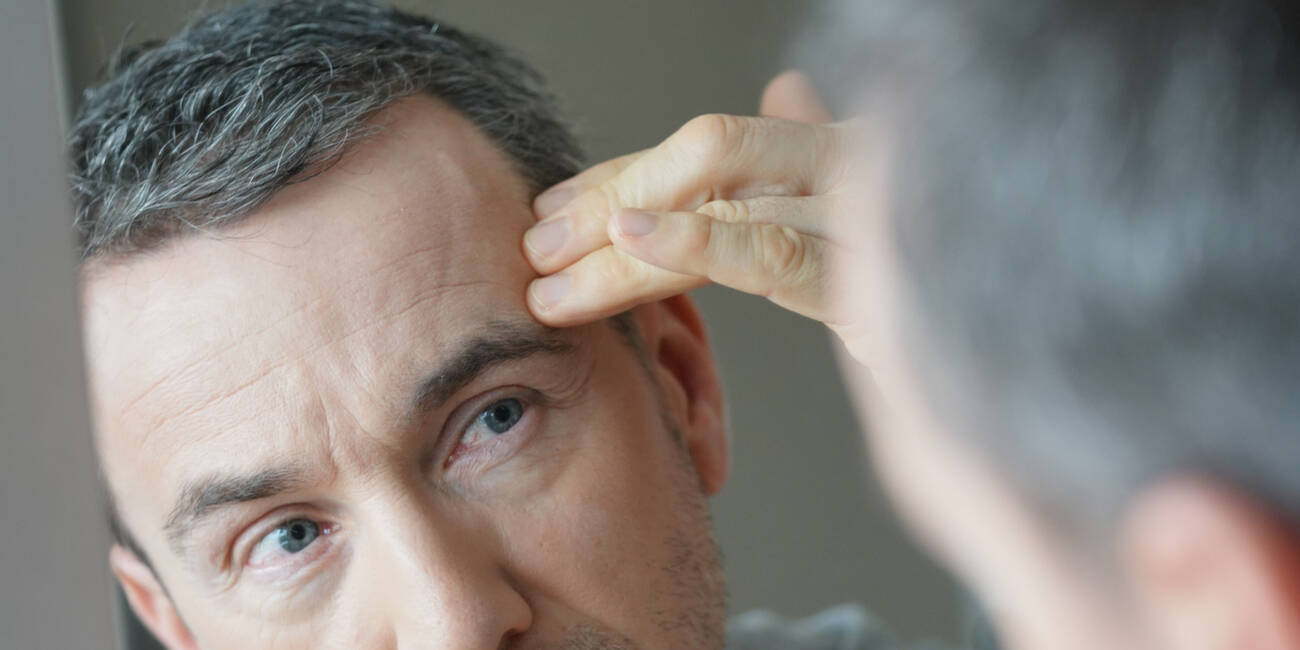
As we grow older, black, brown, blonde or red strands lose their youthful hue. Although this may seem like a permanent change, new research reveals that the graying process can be undone—at least temporarily. "We've seen that people who are stressed two to three years report that they turn gray sooner," he says. At any given time, around 80 to 90 percent of the hairs on a person's head are in an active growth phase, which may last anywhere from two to seven years.
Does Stress Cause Gray Hair? » Science ABC - Science ABC
Does Stress Cause Gray Hair? » Science ABC.
Posted: Mon, 19 Jun 2023 07:00:00 GMT [source]
Do not sell my personal information Privacy Policy and Terms of Use
Additionally, a 2020 study conducted on mice found the connection between stress and gray hair may be plausible. Researchers found that under acute stress, hair in mice turns gray because an overactive sympathetic nervous system (“fight or flight”) can lead to the rapid depletion of melanocyte stem cells, the cells involved in creating pigment. Your hair color is determined by pigment-producing cells called melanocytes. New melanocytes are made from melanocyte stem cells that live in the hair follicle at the base of your hair strand. The research team, led by Dr. Ya-Chieh Hsu of Harvard University, used mice to examine stress and hair graying. The mice were exposed to three types of stress involving mild, short-term pain, psychological stress, and restricted movement.
Child & Teen Health
At the end of this stage, the follicle shrivels, the keratinocytes and melanocytes undergo programmed cell death (apoptosis), and the follicle enters a resting phase, during which the hair falls out. “Acute stress, particularly the fight-or-flight response, has been traditionally viewed to be beneficial for an animal’s survival. But in this case, acute stress causes permanent depletion of stem cells,” said postdoctoral fellow Bing Zhang, lead author of the study.
“Gray hair tends to turn a dull yellowish color that can age you, so try keeping it shiny and bright.” You can do this by using toning, purple-colored shampoos. Popular options include Aveda’s Blue Malva Shampoo, Davines Alchemic Silver series, and Joico’s Color Endure Violet. A 2013 study showed that smokers were two and half times more likely to develop premature hair greying than non-smokers. Even indirect stress, such as malnutrition, thyroid issues, hormonal imbalance and anemia, may impact hair pigmentation, he said. These findings suggest “that there is a window of opportunity during which graying is probably much more reversible than had been thought for a long time,” says study co-author Ralf Paus, a dermatologist at the University of Miami.
When your hair regains its color, stem cells called melanocytes are probably at work. We don’t know whether people have only a set number of melanocytes or can be replenished by stem cells from another part of the body. They also note the need for more research to understand interactions between the nervous system and stem cells in different tissues and organs. This will aid future research on the impact of stress on the body and the development of new treatments. Scientists experimenting with mice recently showed that three specific genes can help maintain stable numbers of melanin-producing cells.
Some people consider gray hair as something that makes them look distinguished; for others, it's a reminder that they're getting older. However you feel about it, gray or white hair is pretty much inevitable with age (if you're fortunate enough to still have hair in your later years). Going gray is commonly explained as a loss of pigment (aka melanin) in the hair shaft. Typically, this hair has a different feel and texture than its pigmented counterparts. It’s been noted that gray hair is coarser, thinner, and “less manageable” — but there are products to help with this! Consider gray a new stage of life, one that you can learn to embrace in your own way.
